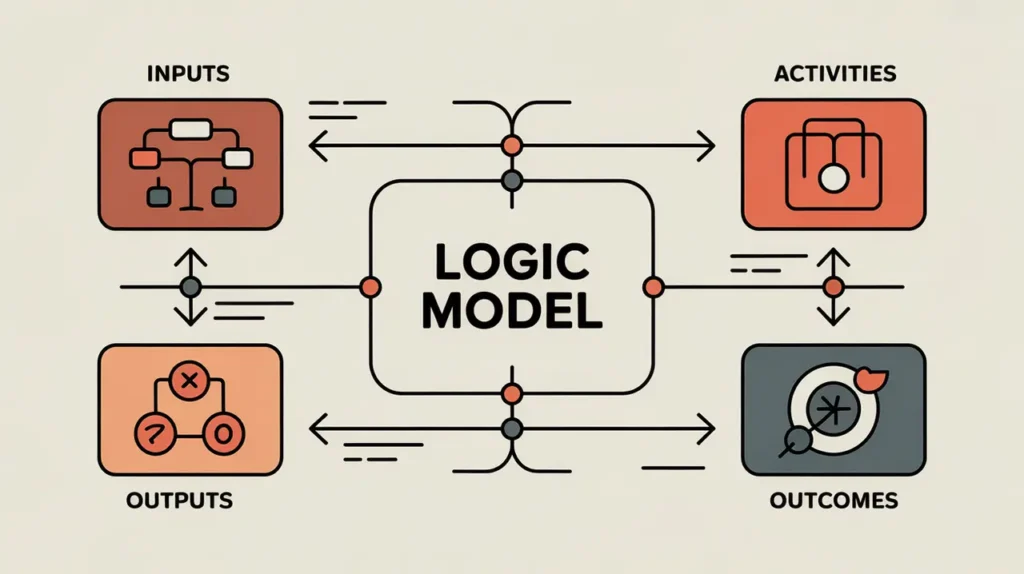Importance of Communities of Practice
Communities of Practice create spaces where individuals and organizations with shared interests learn, exchange knowledge, and improve practice together. They are important because innovation and systems change often require collective learning rather than isolated expertise. In development and social innovation, Communities of Practice matter because they strengthen capacity, accelerate diffusion of ideas, and build trust across diverse actors.
Definition and Features
A Community of Practice (CoP) is a group of people who share a concern, passion, or domain of knowledge and deepen their expertise by interacting regularly. Its defining features include:
- Domain 6 a shared area of interest or practice that unites members.
- Community 6 relationships and trust that sustain ongoing interaction.
- Practice 6 shared resources, tools, frameworks, and experiences that members co-create.
- Learning Orientation 6 emphasis on continuous improvement and peer learning.
- Voluntary Engagement 6 participation is often organic and driven by mutual value.
How this Works in Practice
In practice, Communities of Practice may take the form of educators sharing teaching strategies, climate innovators collaborating on renewable energy solutions, or nonprofits exchanging insights on impact measurement. They can be formalized through networks and platforms or remain informal peer-learning groups. Challenges include sustaining engagement over time, ensuring inclusivity, and translating shared knowledge into tangible outcomes.
Implications for Social Innovation
Communities of Practice support social innovation by enabling collaboration, peer learning, and diffusion of effective models. For practitioners, they provide spaces to test ideas, share failures, and strengthen capacity. For funders, supporting CoPs helps build the connective tissue that allows innovations to spread and adapt across contexts. Communities of Practice can transform individual expertise into collective intelligence, advancing systemic change.







